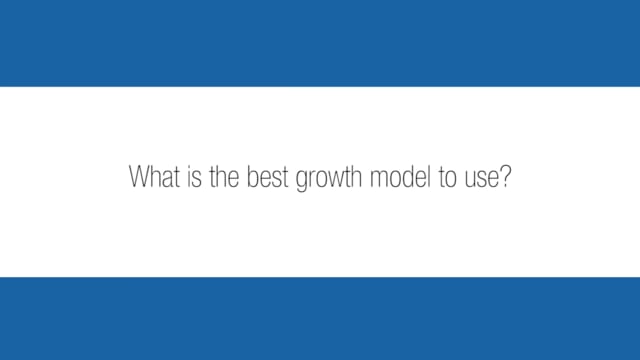How are we measuring student growth?
The three ways we (educators) are thinking about measuring student growth through test scores, includes: pre-post testing, growth models and value-added models (VAM). These methods are not interchangeable; to hope for information that can be validly interpreted, each require different types of tests, test requirements, scales, and methods for equating.
“Quantifying improvement in student scores is an important topic in education. Research around this topic is vigorous and widespread. Thinking clearly about what we mean when we talk about student growth (as a generic term) will help us choose an appropriate model to use in attempting to quantify and interpret that data.” ~Jim Gullen (2012)
Our Assessment Resource Bank includes short papers that keep technical terms to a minimum, as well as a practitioner’s guidebook, and highlights from presentations on related topics. Also, an opportunity to learn more about basic measurement principles in assessment is available through our Assessment Learning Module: Understanding the Technical Concepts Used in Student Assessment.

A Learning Moment Video
There are many growth models designed to meet different needs. Jim Gullen explains why there isn’t one best model.
We’ve assembled more resources for this topic below.
Alternative models for educator evaluation. MAC 2018
This ThinkPoint describes two methods for educator evaluation.
A Practitioner’s Guide to Growth Models
This guide commissioned by CCSSO provides a description of growth models currently used in education. The paper was authored by Andrew Ho and Katherine Castellano.
A Practitioner’s Introduction to Equating: CCSSO, 2018
This primer explains what equating is, common misconceptions, basic terms, designs for equating, the mechanics of equating, and the inferences that can be drawn as a result of equating tests. (Copyright © 2007–2009 by the Council of Chief State School Officers. © 2018 by the Council of Chief State School Officers, A Practitioner’s Introduction to Equating, except where otherwise noted, is licensed under a Creative Commons Attribution 4.0 International License. http://creativecommons.org/licenses/by/4.0)
LM-Jim Gullen: Best growth model
In this ALN Learning Moment video, Jim Gullen answers the question, "What is the best growth model to use?"- 3.2.18.
Measuring Student Growth: More than just choosing a model
This Learning Point describes some of the nuances of calculating and using growth scores in educator evaluation.
Presentation at the Michigan School Testing Conference: Student Growth Percentiles
Roeber and Treder provide short primers for student growth percentiles and caution that the users of these metrics need to understand the pros and cons associated with the various methods.
Proficiency and Growth: What’s the difference?
This Learning Point describes the difference between proficiency and growth in student achievement.
Thinking About Improvement in Student Test Performance
This paper describes how student assessment information can be used to improve student performance.
